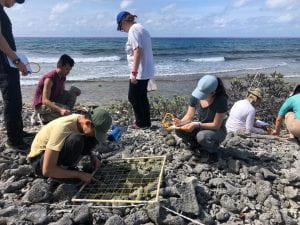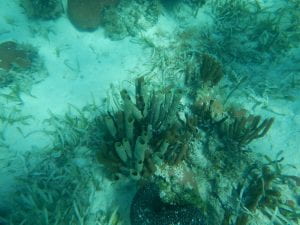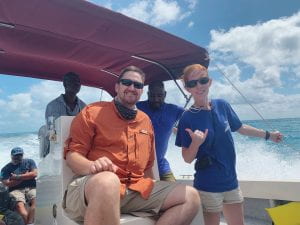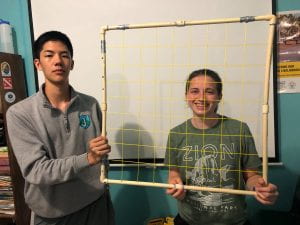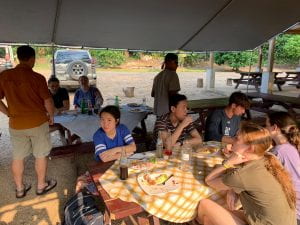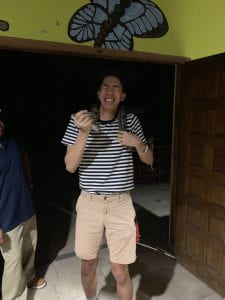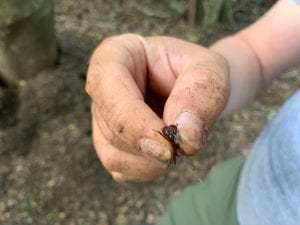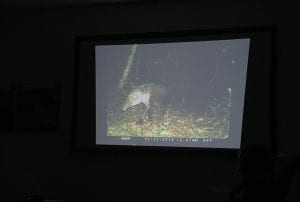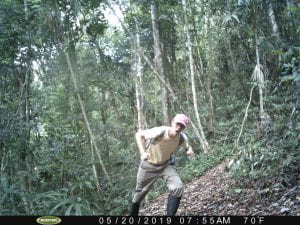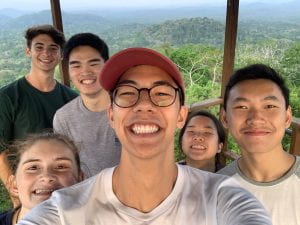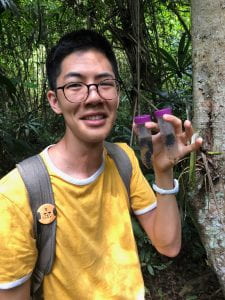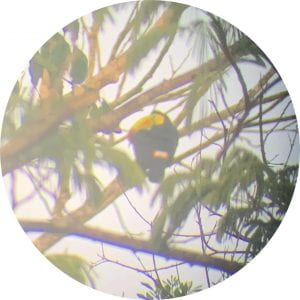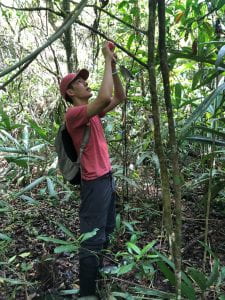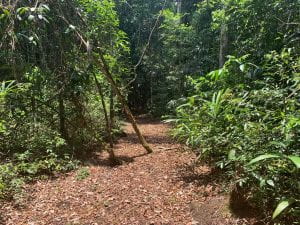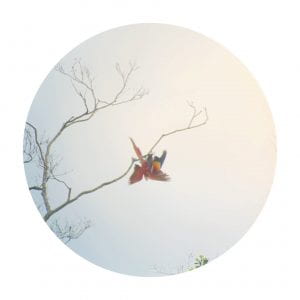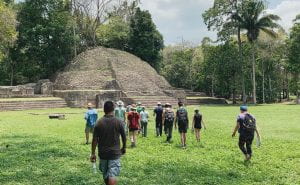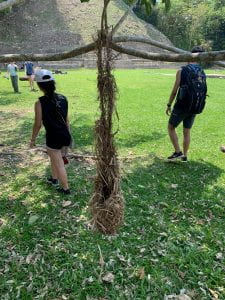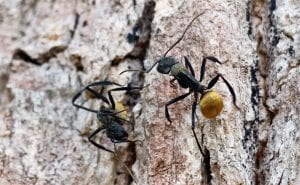today’s general agenda: morning dive —> debrief —> seagrass exploration —> presentations
Out first research project at Glover’s Reef involves us using transects to address a question about Marine Protected Areas and the reef. Marine Protected Areas (MPA) are designated areas where fishing is restricted or prohibited. We wanted to use this opportunity look at the amount of live coral in MPA and non-MPA reefs. The beauty of fieldwork is that you never know what to expect. This morning, since waves were generally calm, we quickly got geared up and went out to two different patch reefs. We got our clipboards, transect tape, and quadrats and started our data collection.
Surprisingly, Anna and I were a lot faster today. In comparison to the first two days, we managed to stay afloat and communicate effectively with hand signals. As we were collecting, we were also trying to avoid getting stung by fire corals. I also came to terms that wounds are almost inevitable. I would swim around and another finger would randomly start feeling some sharp pain. Was it the crab, fire corals, or urchin? who knows!
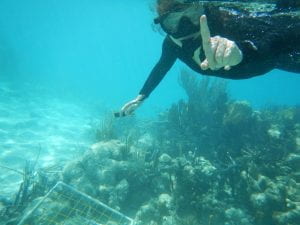
While exploring the different patch reefs, we came across so many sponges! We saw Azure vase sponge, Ailochroria crassa, branching vase sponge, and red boring sponges! I want to highlight red boring sponges because they are literally embedded within corals. They compete with corals and cause a ring of dead corals where the corals and sponges meet.
In the afternoon, we went to explore seagrass patches near the research station. Seagrass patches are good nurseries for animals, and it was shallow enough for us to swim around without fins. I was able to find a diadema skeleton and some chicken liver sponge. These sponges were scattered all over the seafloor, with some firmly attached onto seagrass. When we went back to the station, someone found what might be Aiolochrorio crassa, which is a lobe shaped sponge.
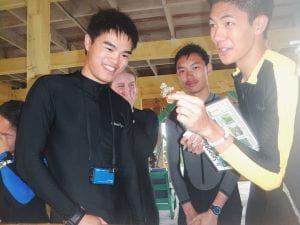
Of course, after we’ve examined them all, we scattered them back to the seagrass and called it a day!
Brendan Wong
Glover’s Reef Marine Reserve, Belize
5/24/2019

